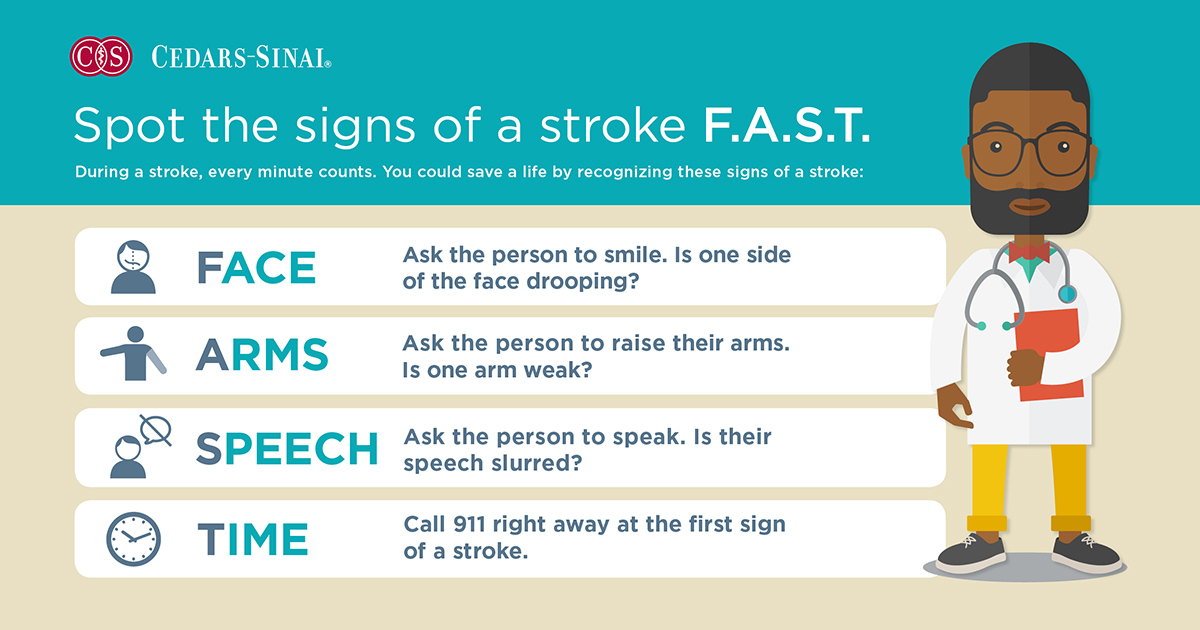Concussion
A concussion is a traumatic brain injury caused by a jolt or impact that causes the brain to move within the skull.
Loss of consciousness may happen but not always. More often, a person will seem to be in a daze. They may experience memory loss, headache, difficulty thinking, or difficulty balancing.
If any of the above symptoms were experienced, emergency services should be called or the patient should be transported to a medical provider. When you suspect a person may have a concussion, it is important to mitigate risk of further injury which can increase the chance of irreparable damage. An individual who experiences a concussion may recover quickly, but they should continue to rest to avoid aggravating the damaged brain tissue with rapid movement. If declining to go to the hospital, the individual should be watched for 24 hours to ensure that symptoms do not get worse.
Stroke
A stroke is when oxygen gets cut off to a portion of the brain causing the cells in the brain to suffocate and die. It is vitally important to call 911 as soon as a stroke is suspected. The more time that passes, the more brain tissue is killed. Use the acronym FAST to identify a potential stroke.

Also call 911 for the following symptoms that also indicate a stroke:
- One-sided weakness or numbness
- Severe or sudden dizziness or headache
- Loss or partial loss of vision in one or both eyes
Remember to call even if only a single symptom is present!
Seizures
A seizure may manifest as loss of consciousness and jerking movements, but not all seizures manifest in this way. Symptoms of seizures also include more subtle instances of muscle rigidity and staring spells. However, the most noticeable seizure you may witness are when an individual falls unconscious and collapses or convulses.
If you witness a seizure, do the following to care for the individual:
- Prevent further injury from potential falling or objects the individual may hit while convulsing. Guide the individual to the floor as gently as possible and move objects within range out of the way.
- If possible, roll the patient on their side to mitigate choking risk. However, do not restrain their movement.
- Place a jacket or sweatshirt under their head without obscuring their mouth. Do not put your fingers or anything else in their mouth.
- Loosen any constrictive clothing around their neck.
- If this is the person’s first seizure (or if you don’t know as in the case of a stranger), call 911. Also call 911 if the person stops breathing or the seizure lasts longer than 5 min, or if they recover but enter a second seizure.
- When the person recovers, they may feel disoriented, frightened, or embarrassed. Be patient with the individual and explain what happened as they may not remember.